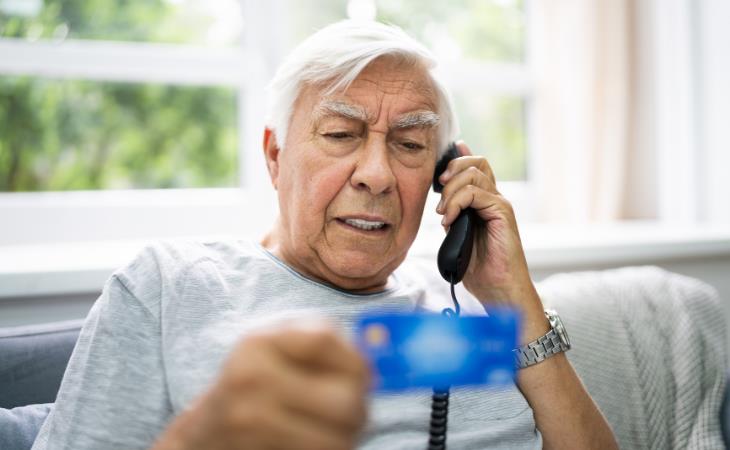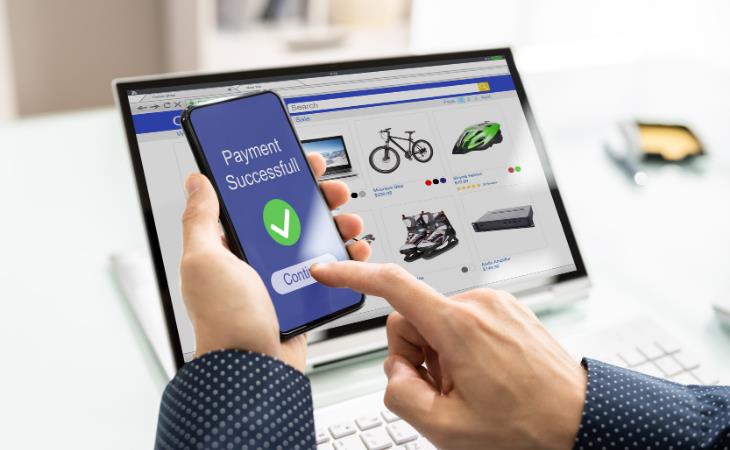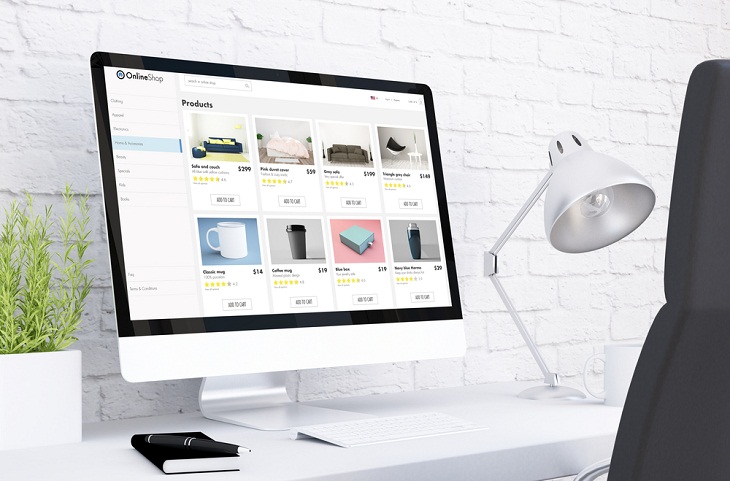
For quite some time now, Craigslist, Amazon, and eBay have been at the forefront of online commerce platforms. However, Facebook Marketplace has burst onto the scene as a relatively recent addition.
With the rise of online shopping and the convenience it offers, Facebook Marketplace has become a popular platform for buying and selling goods. However, as with any online marketplace, there are scammers looking to take advantage of unsuspecting users. In this article, we will explore various tactics used by scammers on Facebook Marketplace and provide you with essential tips to help you identify and avoid falling victim to their deceitful schemes.
Related: Learn to Avoid the Most Common Scams on the Internet


The phantom item scam lures unsuspecting buyers with captivating listings for highly sought-after products, priced far below their market value. Yet, when potential buyers try to contact the seller, they encounter silence or a lack of response. The scammer's aim is to deceive victims into sharing sensitive information or making upfront payments, without any intention of delivering the product.
Spotting the Scam:
* Be cautious of deals that seem too good to be true.
* Look for red flags, such as a seller with little to no previous history on the platform.
* Avoid transactions that demand payment upfront without any guarantees or security measures.
In this scam, fraudsters adopt the guise of authentic sellers by stealing their identities or gaining unauthorized access to their accounts. They exploit this false identity to create listings for valuable items, take payments, and then disappear, leaving unhappy consumers and tarnished reputations for genuine sellers.
Spotting the Scam:
* Verify the seller's profile by checking for consistent activity and a history of positive reviews.
* Communicate directly with the seller through Facebook's messaging system and avoid sharing personal information outside the platform.
* Trust your instincts. If something feels off or suspicious, refrain from proceeding with the transaction.

The fake payment scam involves deceptive buyers who masquerade as genuine customers seeking to buy an item. To facilitate payment, they request the seller's banking information or personal information. However, their true motive is to exploit this data for identity theft or to engage in fraudulent dealings.
Spotting the Scam:
* Avoid sharing sensitive information with potential buyers or sellers, especially outside the Facebook Marketplace platform.
* Use secure payment methods that do not require sharing personal data, such as PayPal or other reputable online payment services.

Fraudsters utilize this strategy to entice potential victims by presenting items as free or heavily discounted, with the condition that only shipping fees must be covered. However, once the payment is made, the ordered item never arrives, and the scammer vanishes without a trace.
Spotting the Scam:
* Research shipping costs independently to verify whether they align with the seller's claims.
* Consider paying through secure platforms with buyer protection, such as PayPal, which offers the option to dispute transactions.
Communication is crucial to any transaction on Facebook Marketplace. When engaging with potential sellers, pay close attention to their communication style and behavior. Sometimes, scammers can be identified through their communication patterns, which may raise red flags. Here are key indicators to watch for when the seller's communication feels off.
Spotting the Scam:
* Legitimate sellers typically make an effort to communicate clearly and professionally. If you notice frequent grammar mistakes, misspellings, or awkward language in the seller's messages, it could be a warning sign.
* When a seller consistently responds with generic messages that don't address your specific questions or concerns, it may indicate an automated or templated response.
* A legitimate seller should be willing to provide additional details, such as product specifications, condition, or history, upon request. If the seller avoids answering your questions or seems evasive about important aspects of the product, exercise caution.

In this scam, the buyer intentionally overpays for the purchased item and then insists on receiving a refund for the surplus amount. Unfortunately, the seller is unaware of the payment's fraudulent nature and unwittingly issues the refund, only to discover later that the original payment was counterfeit.
Spotting the Scam:
* Double-check payment notifications and ensure they are genuine before processing any refunds.
* Be cautious of buyers who rush or pressure you into issuing a refund.
Related: This Online Scam Is Gaining Popularity at Alarming Rates
This sneaky scam begins with the other party suggesting moving the conversation from Marketplace to text messaging. Soon, they'll ask you to send a code to "prove your authenticity." Once you comply, the sale can proceed. The code, however, could be exploited as a two-factor authorization, granting the other party access to your accounts. Alternatively, it might be used to set up a new Google Voice number, connecting their scams to your phone number. Remember, there is no legitimate reason for you to prove your authenticity by sharing a code.
Spotting the Scam:
* The primary indicator of this scam is when a buyer insists that you share verification codes sent to your phone. Legitimate buyers have no reason to request such sensitive information.
* Be cautious of any buyer who seems overly eager to get the codes.

Experts caution that if the seller's photos appear generic or sourced from the internet, it might signal a potential scam. To validate the listing's authenticity, consider asking for additional photos or conducting a video call. Moreover, a user lacking a profile photo might be a warning sign.
Pay heed to location inconsistencies when dealing with sellers. Experts warn that a refusal to meet in person is a significant red flag, prompting the need to arrange a meeting in a safe public place to assess the product before finalizing the transaction.
Related: Three Sly Phone Scams That Could Cost You Big Time!
If you suspect a Facebook Marketplace scam, discontinue communication with the buyer or seller and immediately report the incident to Facebook. When you come across a potentially fraudulent listing, access the three-dot menu located beside the Share button within the listing, and select the option "Report Listing."
Whenever you encounter a potential scammer while managing your Facebook listing, make sure you report them. Navigate to your listing, find the conversation with the individual who raises suspicions in the Messages list, and click on the three-dot menu. Opt for "Report Buyer," indicate the reason as "Scam," and submit your scam report as per the given instructions.